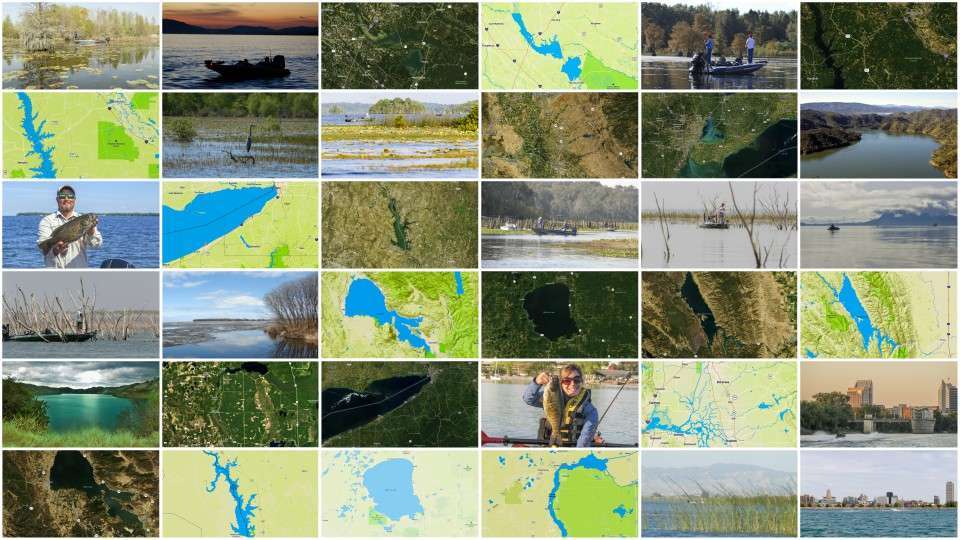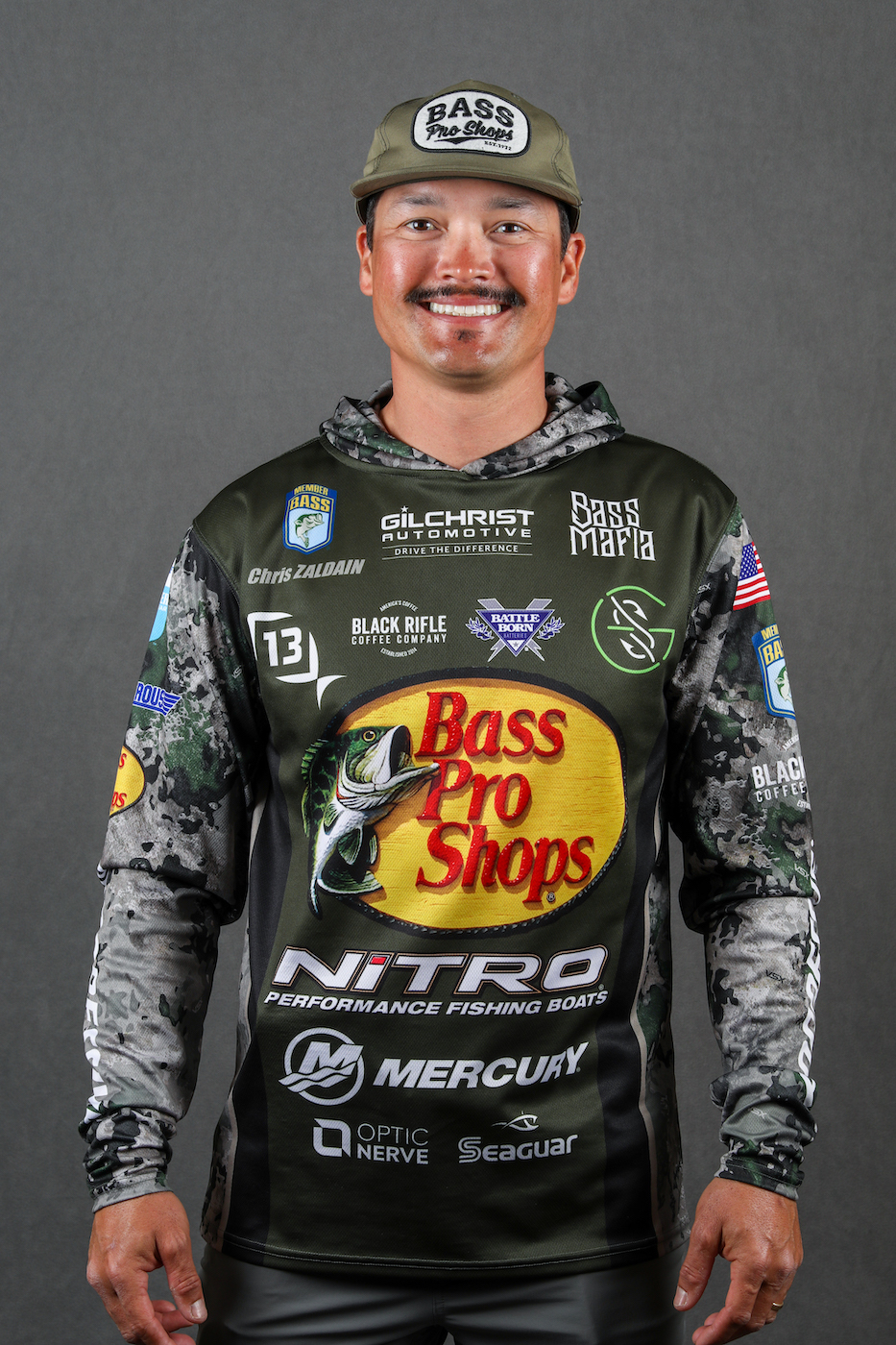
There’s been a ton of media coverage over the past couple of years about some of the legendary bass lakes around the country. It’s true that some of them have consistently produced heavy bags of giant bass. But sometimes tournament results can be deceiving. You see, giants don’t jump in the boat — not anywhere and never all the time.
Lakes like Lake Fork, Sam Rayburn Reservoir, Toledo Bend Reservoir, Chickamauga Lake, Clear Lake, the California Delta, Lake St. Clair, Amastad Reservoir, Falcon Lake and Lake Guntersville all have their tough times. The why varies. Nevertheless, at times the big fish are hard to catch.
The number one reason in my experience is pressure. These lakes get a lot of press, and the bags that are brought to the scales — sometimes close to 40 pounds — are mind blowing. The good side of that is that we get to see the ultimate in this sport of bass fishing. The downside is that it attracts people from all over the United States and the world. Everybody wants a piece of the action.
And, there are no secrets anymore. That means that most of the anglers are fishing the same areas especially in the evenings and on weekends. Do I need to say anymore?
The second reason is Mother Nature.
I firmly believe that many times when a lake has a tough season or a tough year it’s because of the forage base. If there’s a hard winter, or maybe too much or too little rain, everything below the bass on the predator scale get hits the hardest. That suppresses the bass population. The big ones will still survive and grow because of the general conditions of the lake but it’ll take a while.
The reasons for a tough day or two are really unknown.
There are times when bass don’t bite. No matter what we do we just can’t catch them. It might be that they’re simply not hungry. It might be that something is weird about the environment. Or it might be that the bass aren’t where they’re supposed to be so we’re fishing in the wrong area. Whatever the reason…
You can lessen your chances of planning a trip to one of the legendary bass lakes around the country and not catching them with a few simple tricks.
As a general rule I’d say to plan a trip around the full moon in March or April. That’s the time when most bass populations are moving shallow and feeding. The next best time would be in the fall after the water cools. Again, the bass are moving shallow and feeding.
Another thought is that it’s important to do careful research before you start fishing. Learn as much as possible about the lake before you make that first cast. Study maps. Know what’s there. And, whenever possible, get a little advice from a local hot stick or hire a professional guide for the first couple of days of your trip.
That advice and guide thing doesn’t always work. I know that. It’s a place to start, though, if you’re clueless and looking at thousands of acres of fishy looking water.
Another thing that’s generally true, at least in most of the places I’ve fished around the country, is that the best bass hang around the main river channel. I almost always start my search at the dam and work my way up towards the headwaters.
However, I’m not so much interested in the swings and turns you hear so much about. I’m looking for flat spots, underwater points and high spots that touch up against it. Those are the most reliable places to find a true giant.
Legendary lakes are a dream destination. I’ve fished most of them over the years and have never regretted it. Just make sure you do your homework and keep your expectations realistic.

